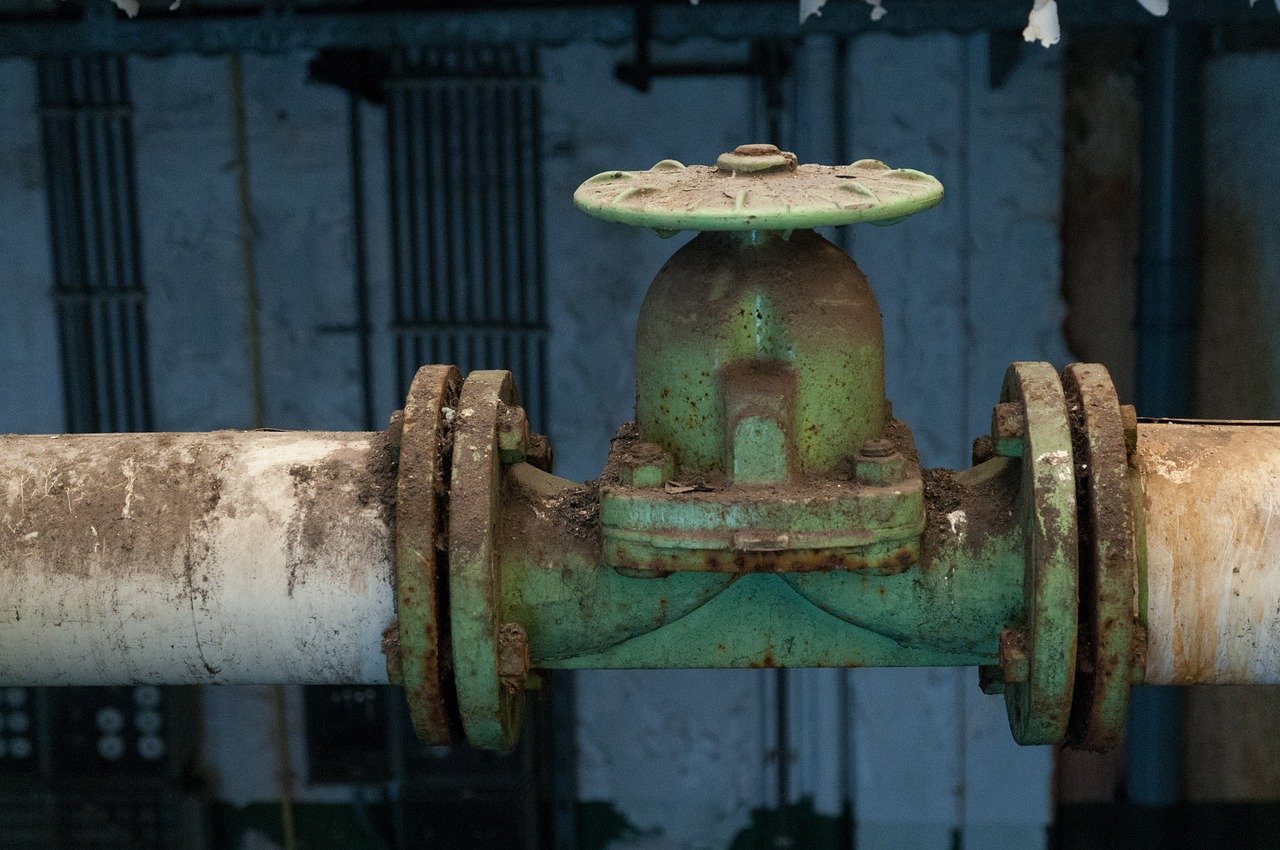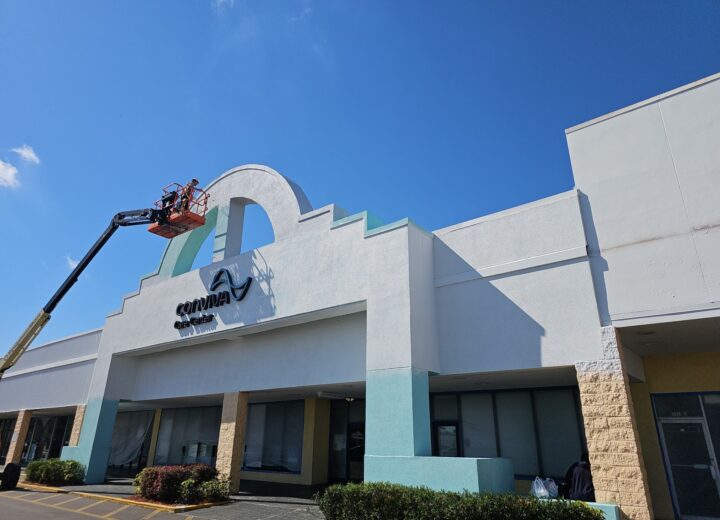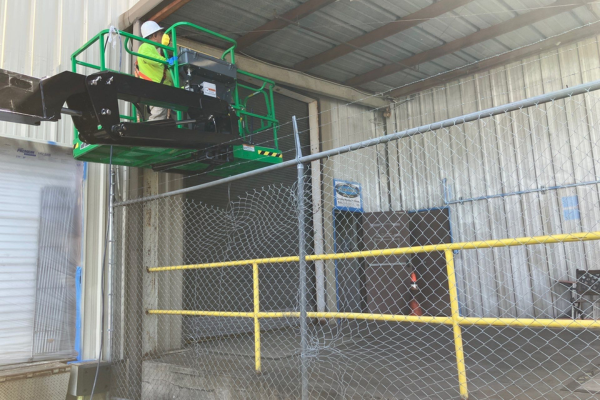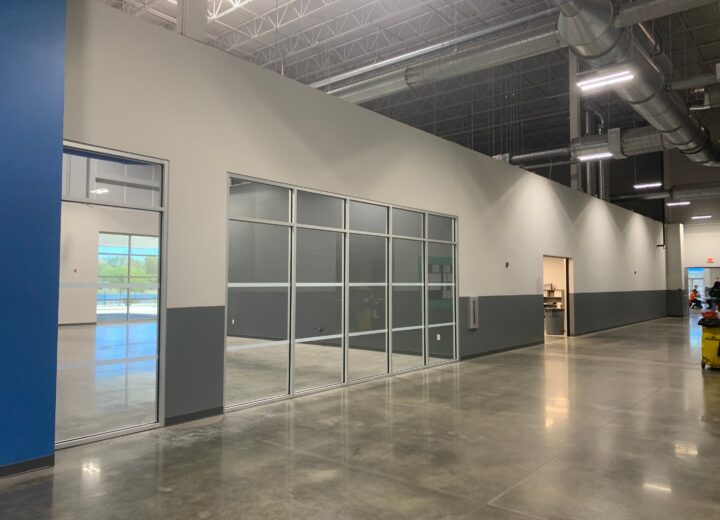
The need for natural gas pipelines within the United States is a necessity because natural gas makes up almost a quarter of the total energy used. Many pipelines stretch from one end of our great nation to the other and everywhere in between.
Natural gas pipelines are located under and above the ground, with some even being underwater. The natural gas flows through three particular forms of pipelines, which include:
- Gathering
- Transmission
- Distribution
From the point of gathering and transmission, there are over three hundred thousand miles of pipeline in use. However, the gas does not stop there. It then has to flow to the homes and businesses that use it, which spans over two million miles.
That means that there are over two million, four hundred thousand miles of natural gas pipeline in use. When you begin to figure all of the maintenance for that many miles of pipeline, it boggles the mind!
With that amount of miles of line, there is a need for constant upkeep, which many times means having to coat or re-coat areas. A general inspection of the piping is done at least every five years – unless there are flow issues or signs of trouble.
Besides the intrusion of soil when there is a leak within the pipe, one of the top reasons for erosion is due to impurities within the natural gas itself.
Vital Preparation
Before there can be any coating applied to any of the pipes that are mentioned above, there first needs to be some form of cleaning.
In some cases, this happens when the line is shut down for a while, especially when the interior of the pipe needs to be recoated due to break down from within. On the outside of the pipes, things such as salt water, chemicals, and water can lead to erosion.
Some issues need to be taken care of before getting to the point of cleaning, and they include:
- Conditions for media cleaning
- Excavation needs
- Function condition of pipeline
- Landowner permission
- Weather conditions
- Working in environmentally sensitive areas
- Working in highly populated areas
- Working in a right-of-way
Types of Coatings Used
Once the pipe(s) are cleaned, then the process of coating them can begin.
Since it has been proven that coating a natural gas pipeline is the best course of action to repair corroded pipes, you might wonder what types of coatings can be used.
Coatings used include:
- Coal Tar Enamel Coating
- Epoxy-Based Flow Coating
- Fusion Bonded Epoxy Coating
- Hydrophobic Coating
- Polyamide Coating
- Polyurethane Coating
- Three Layer Polyethylene Coating
- Three Layer Propylene Coating
You still might come across some piping that has asphalt coatings on them. This kind of coating is no longer used in the United States, due to regulation changes. If the pipe has corrosion issues, it will have to be cleaned and recoated with an approved coating.
It is important to understand that to be able to coat, inspect, or work on any hazardous pipeline material you must be certified by “The Pipeline and Hazardous Materials Saftey Administration (PHMSA),” as per US government regulations.
With there being so many natural gas pipelines across the country, making sure that all are correctly coated is necessary if the flow is to remain current. In most cases, the shutdown times are for maintenance reasons.
If there were to be a leak, it could lead to not only our resources being depleted, it can harm the environment and cause financial issues as well. For the most part, a break down of a pipe can be prevented with scheduled inspections, the right coating, and knowing how to repair them.
There is hope that in the future there will be a coating that will produce a sign that indicates if there is any cracks or fractures within the piping system. Perhaps the coating might change color as an indicator.
One of the ways that pipes are being checked for damage (especially those that are in the ground) is by using devices that sensor electric movement or charge that is coming from the pipe.
If you are in need of a certified pipeline coating specialist, make sure that they are reliable and can get the job done in the time allotted. A great painting company will always be happy to evaluate your needs and let you know just what it will take to keep everything operational.






